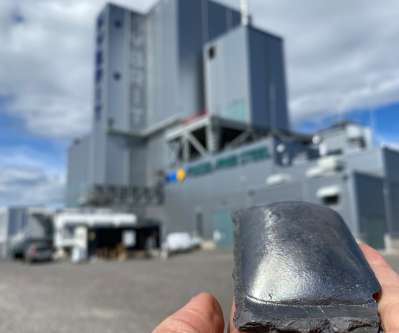HYBRIT produces hydrogen-reduced sponge iron on pilot scale
Green Car Congress
JUNE 22, 2021
The test production was carried out in HYBRIT’s pilot plant in Luleå and shows that it is possible to reduce iron ore with fossil-free hydrogen, instead of removing the oxygen with coal and coke. In a traditional process, this is done using carbon or coke, while in the HYBRIT process the reduction is done using fossil-free hydrogen.












Let's personalize your content